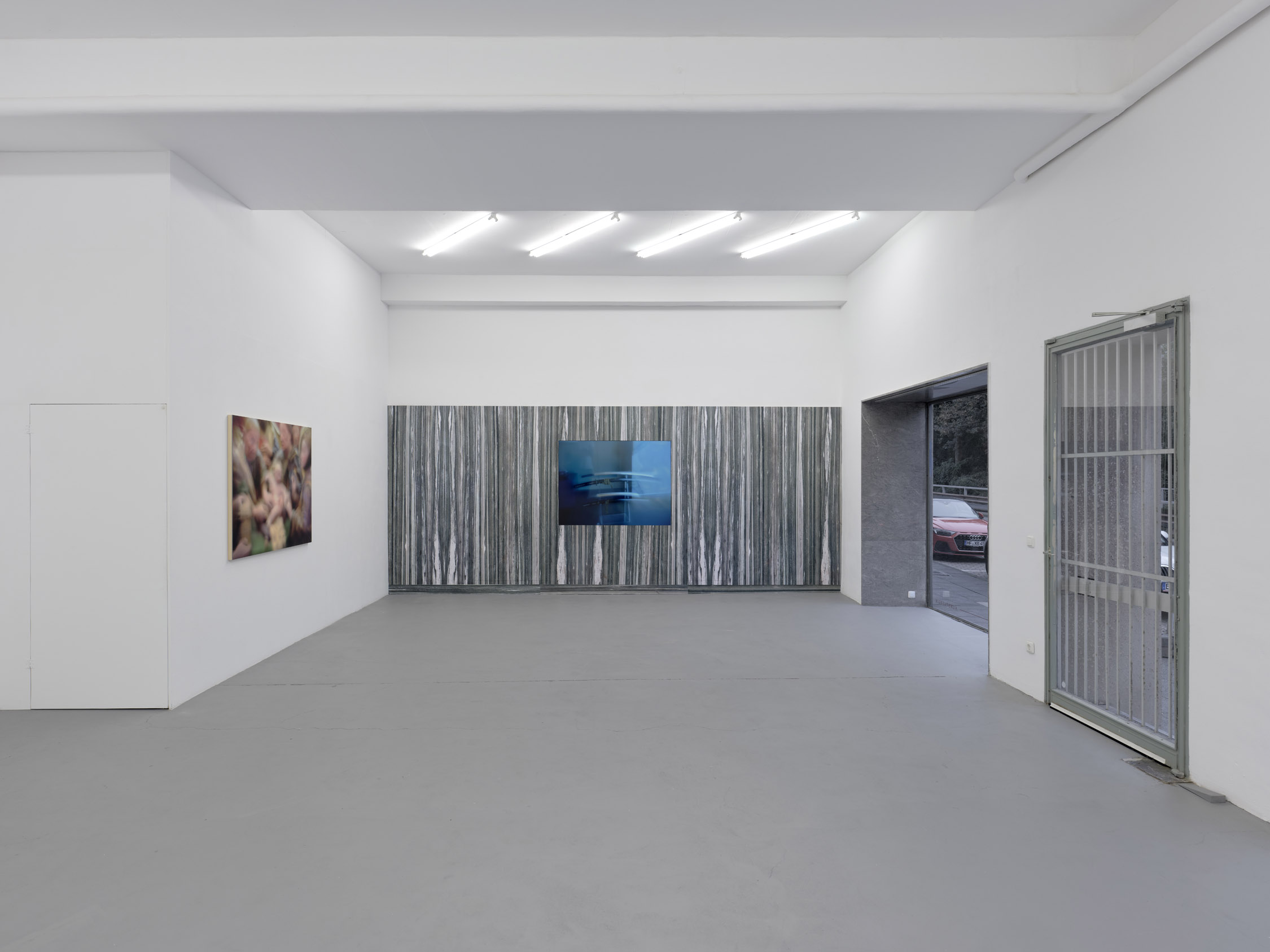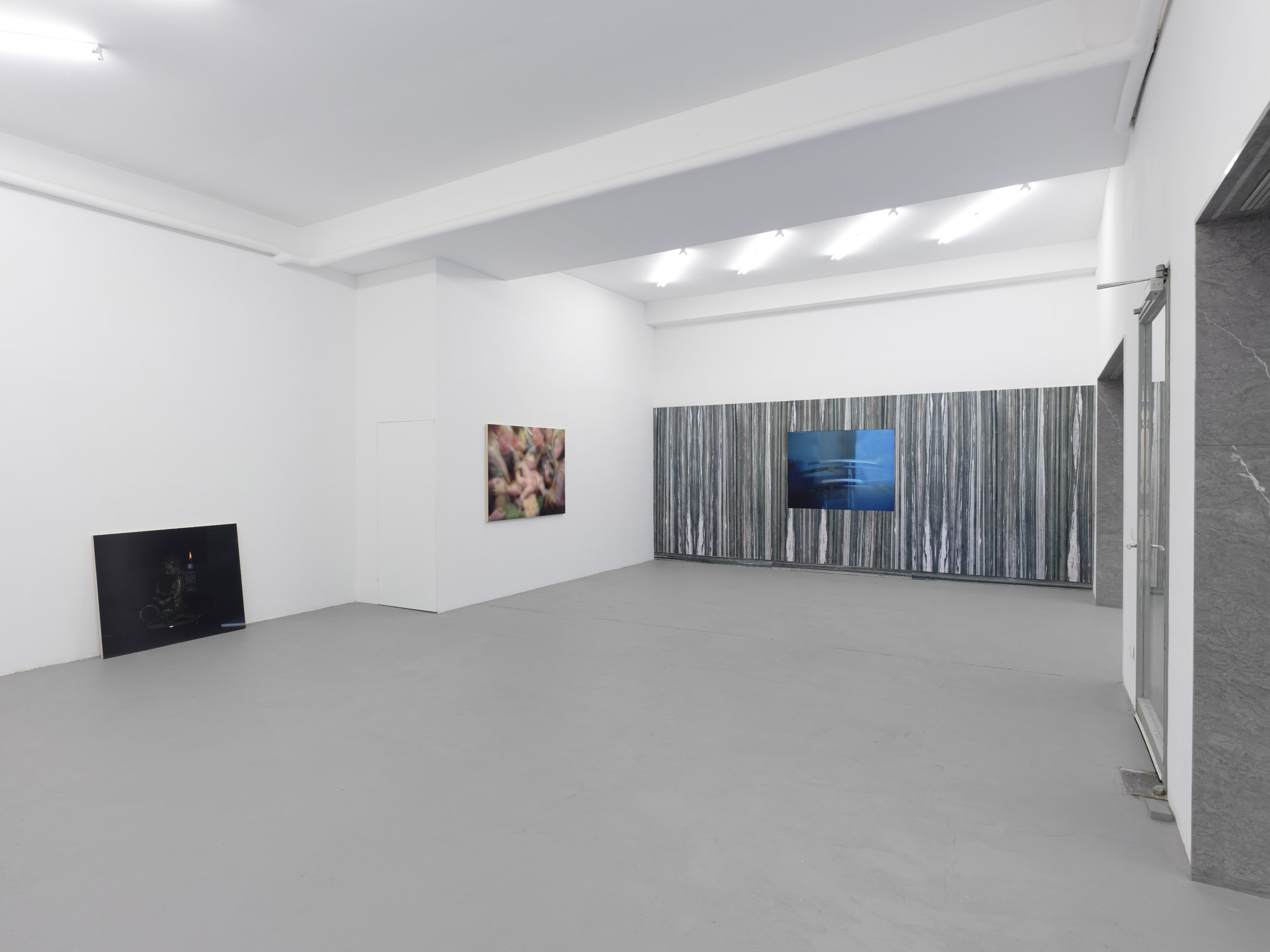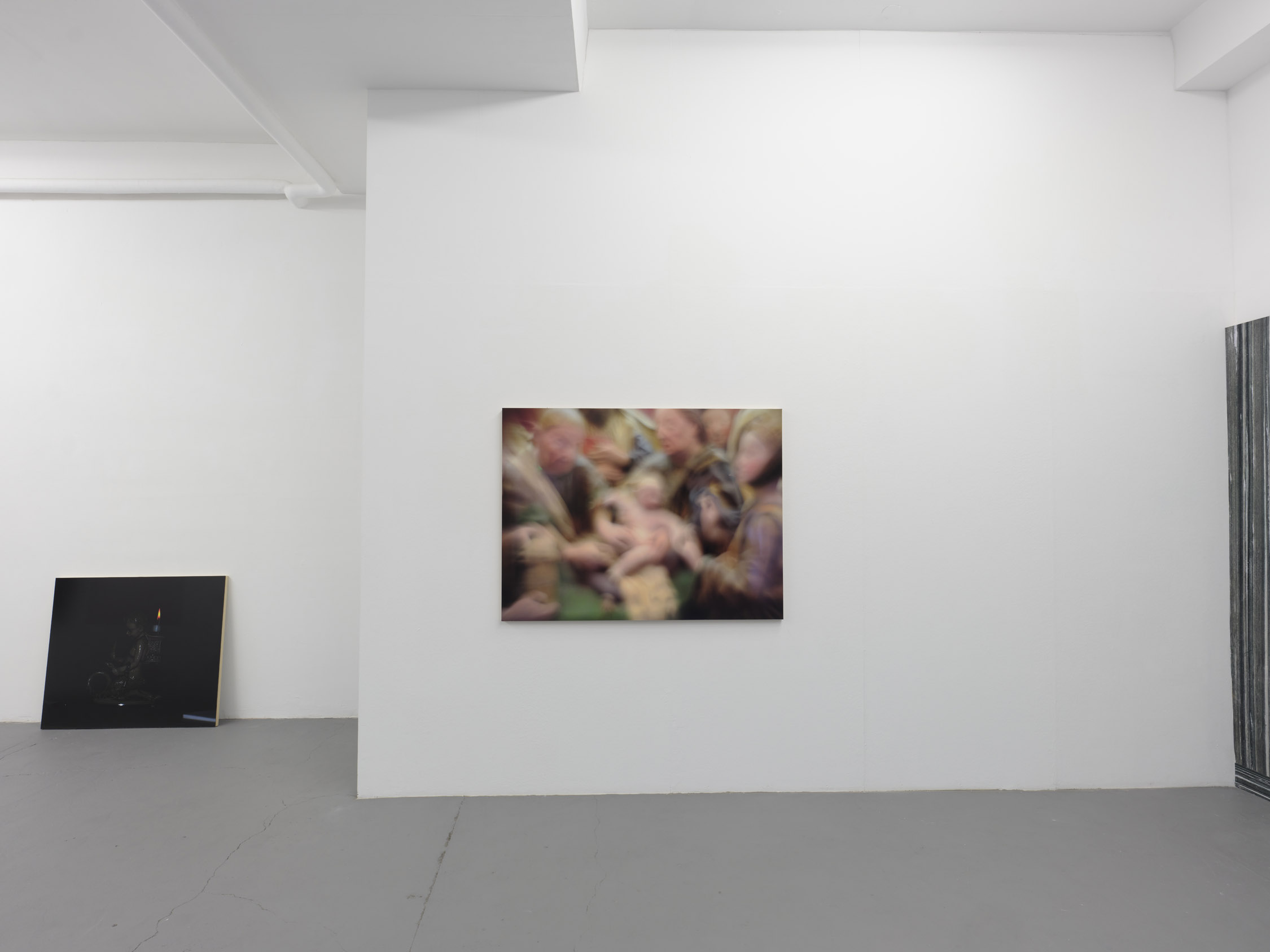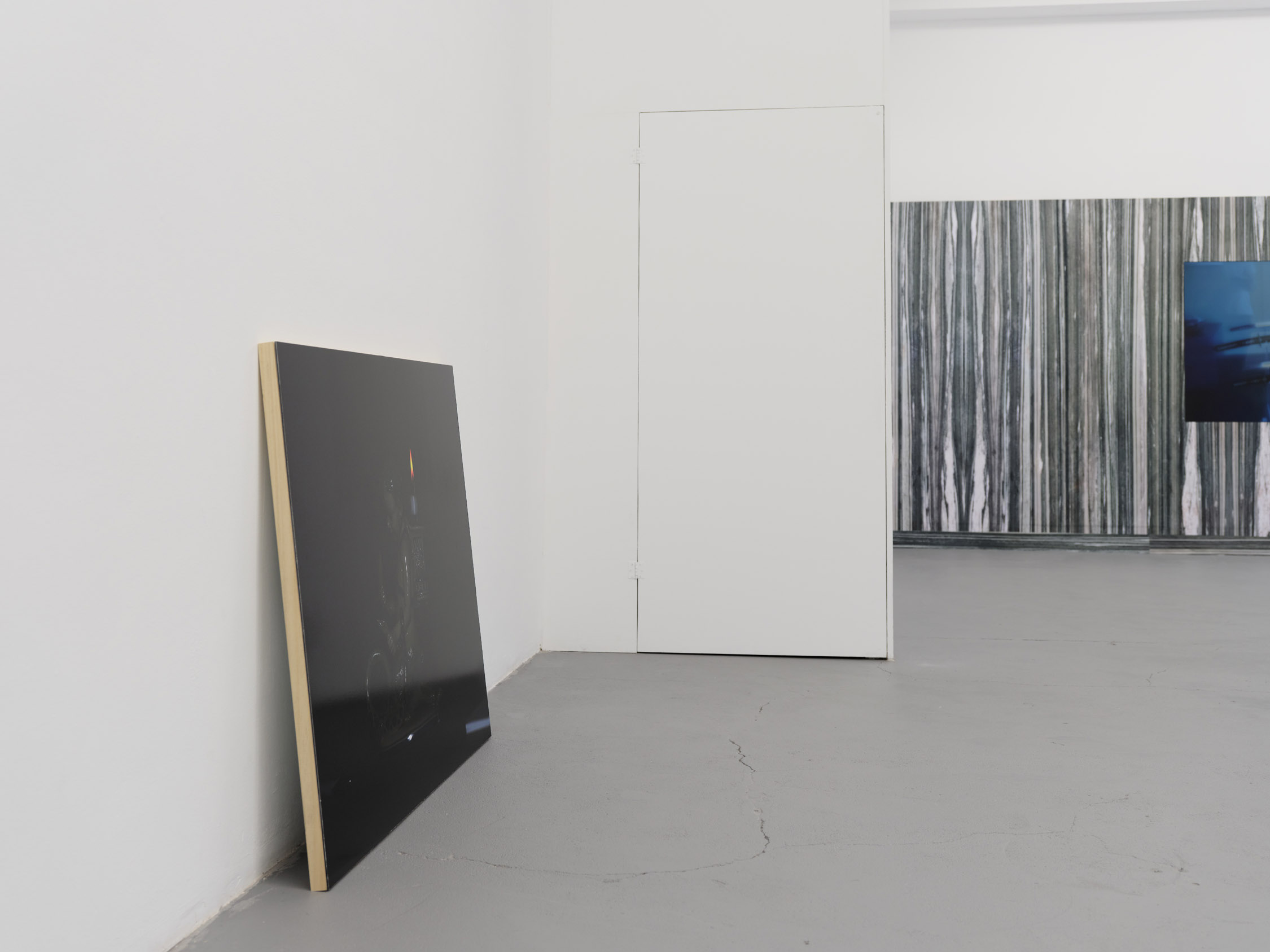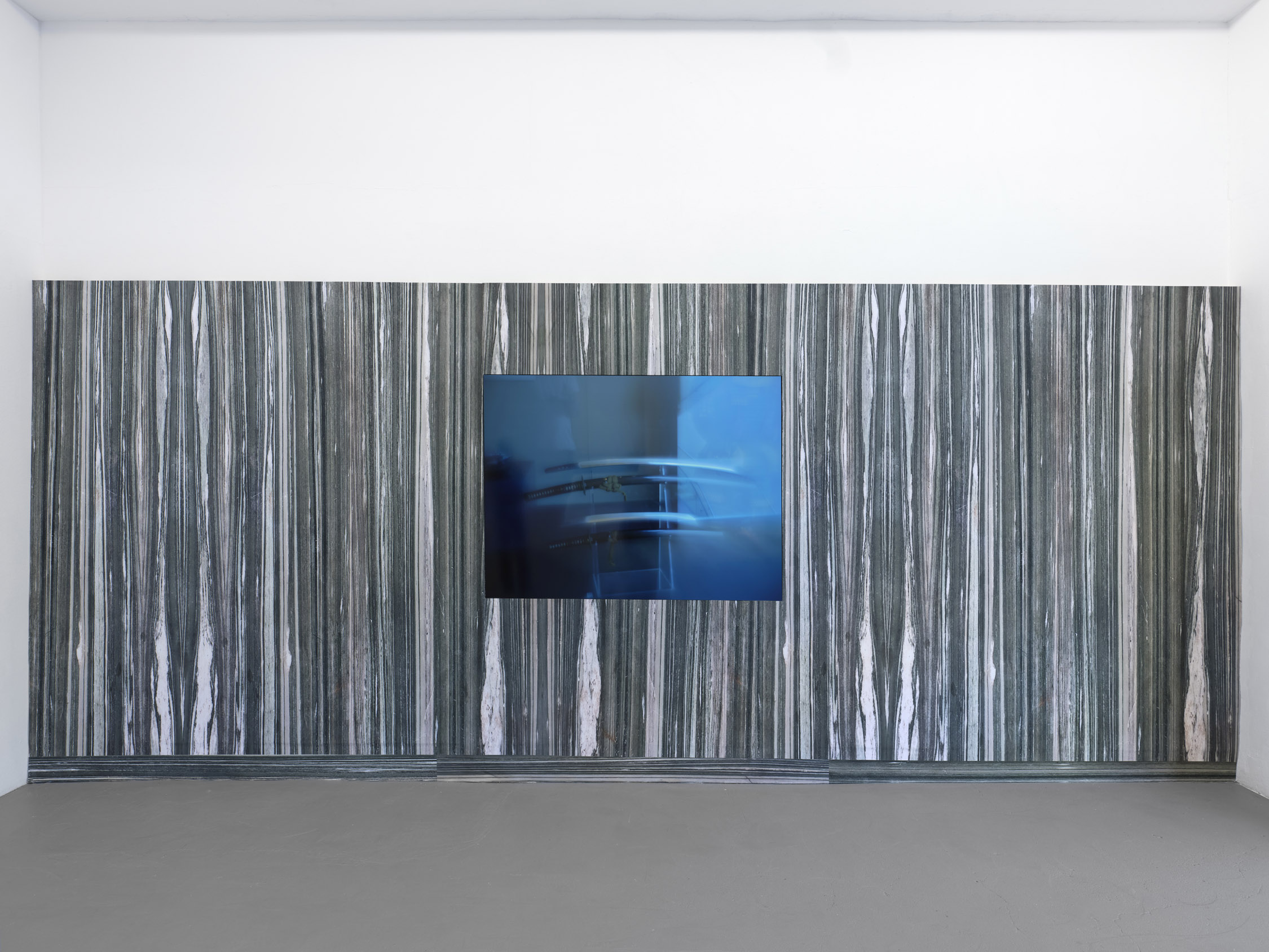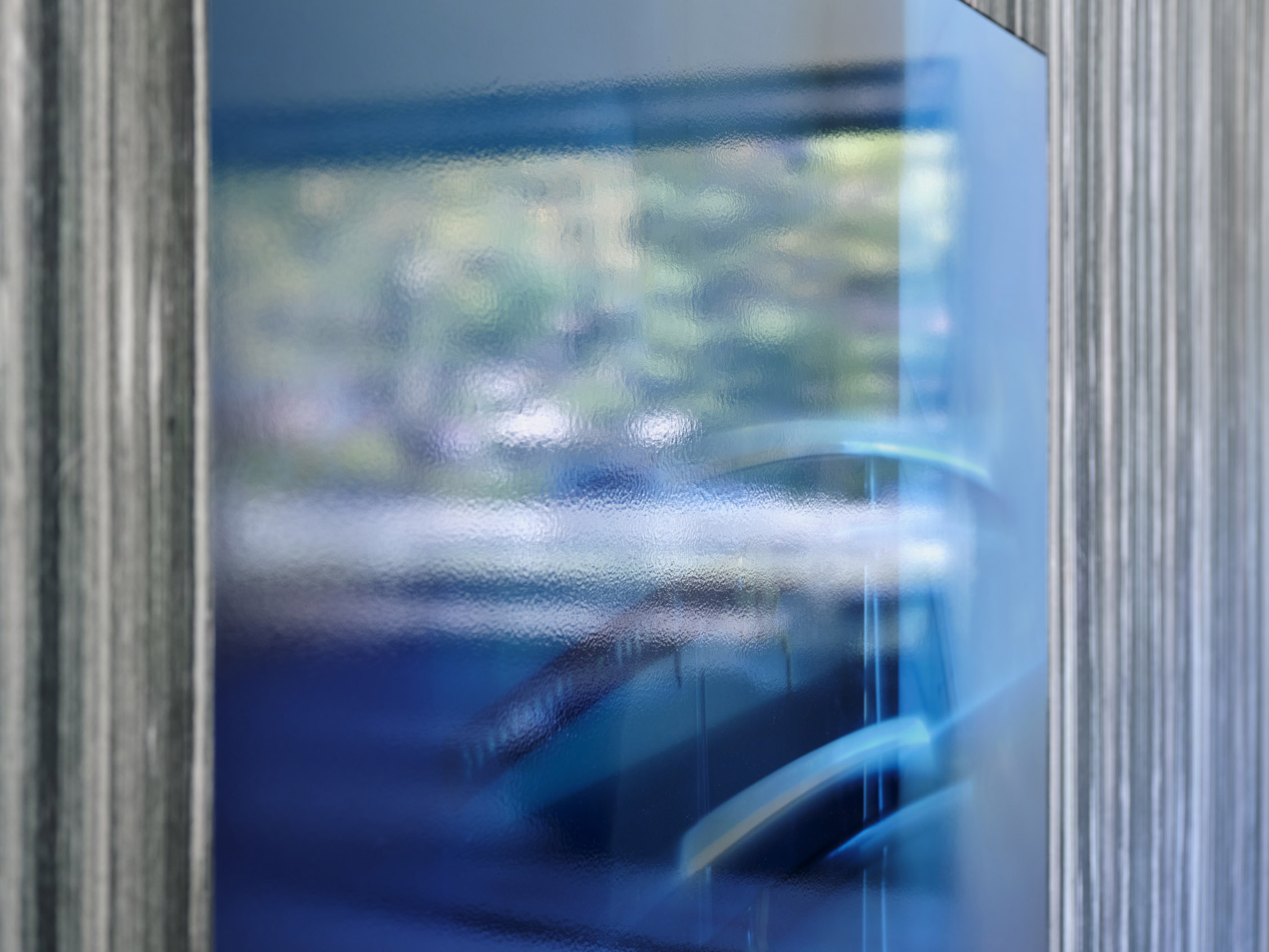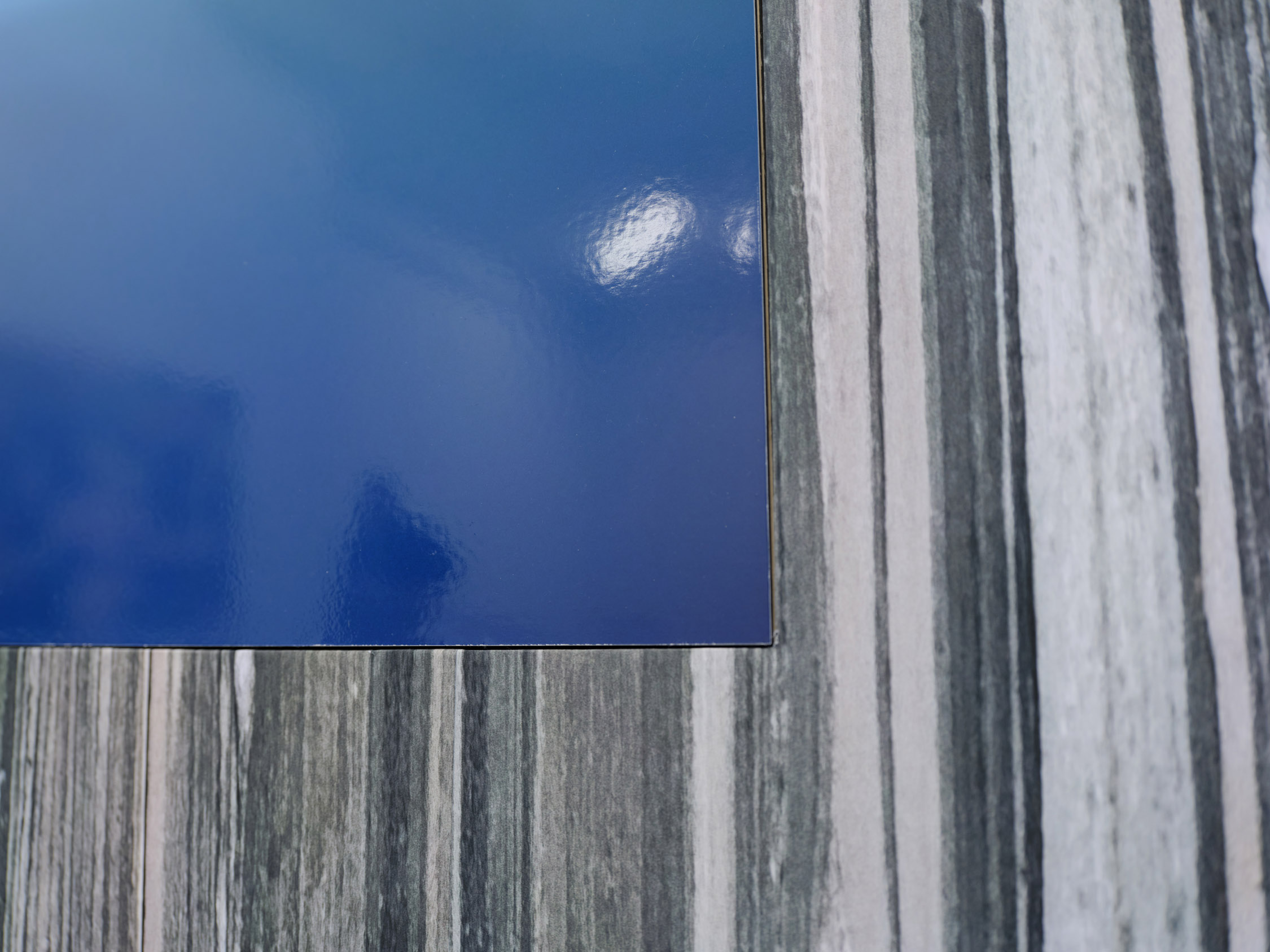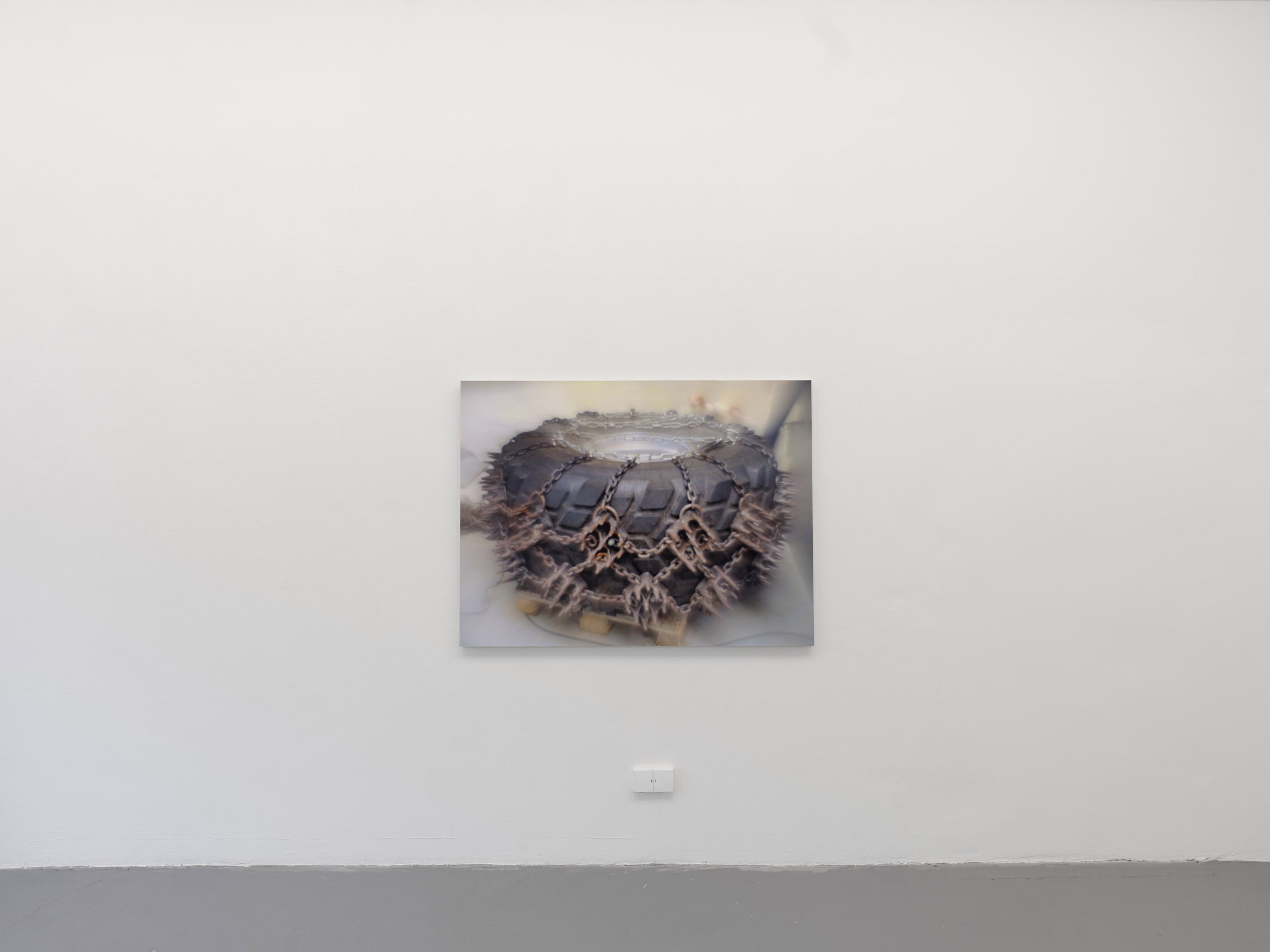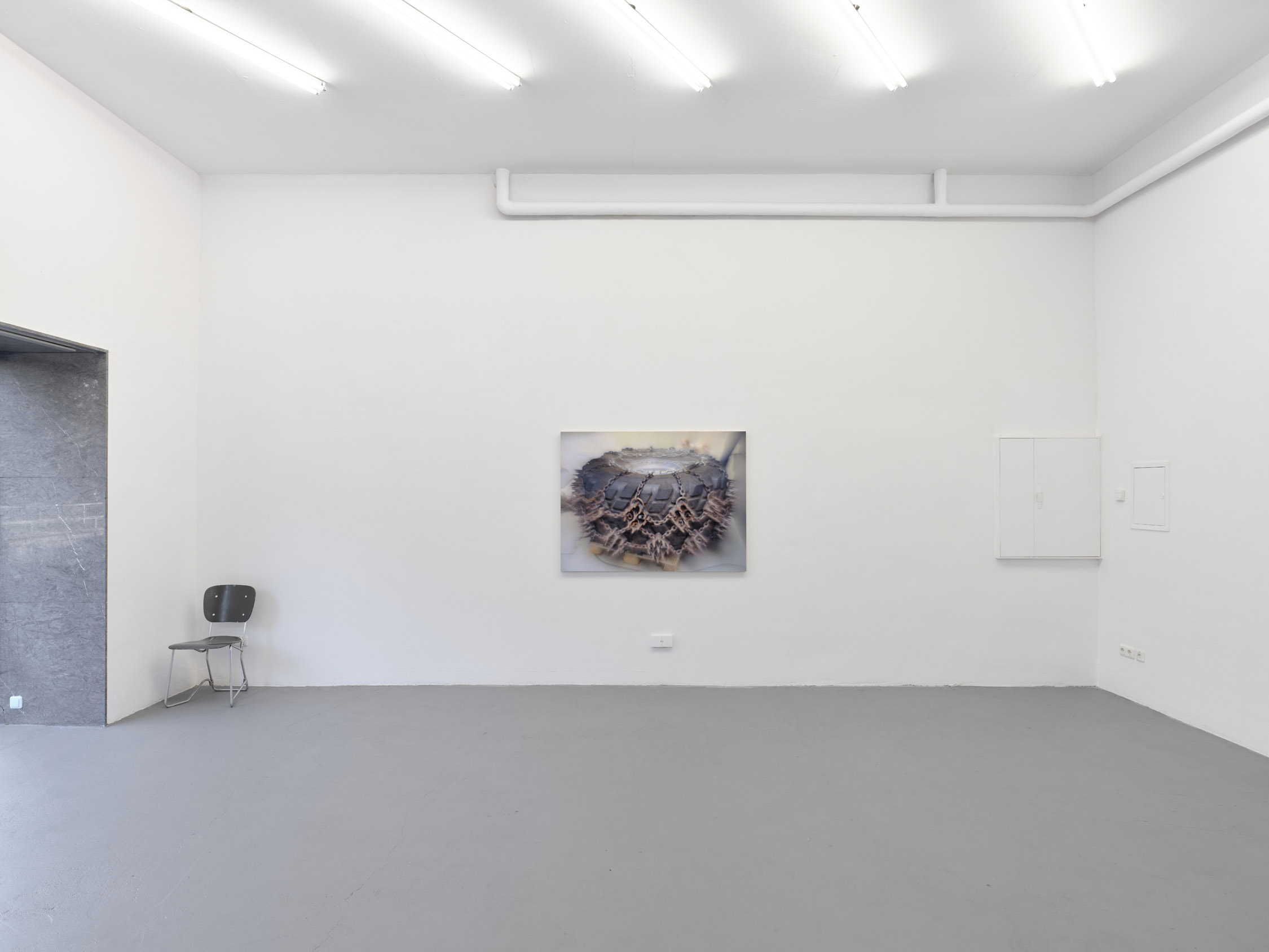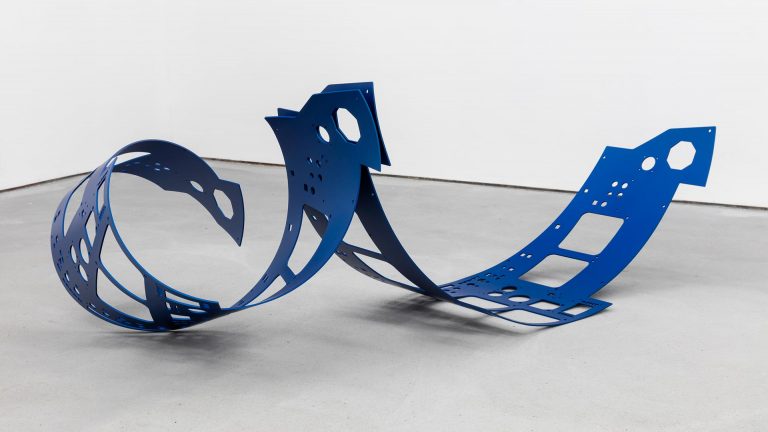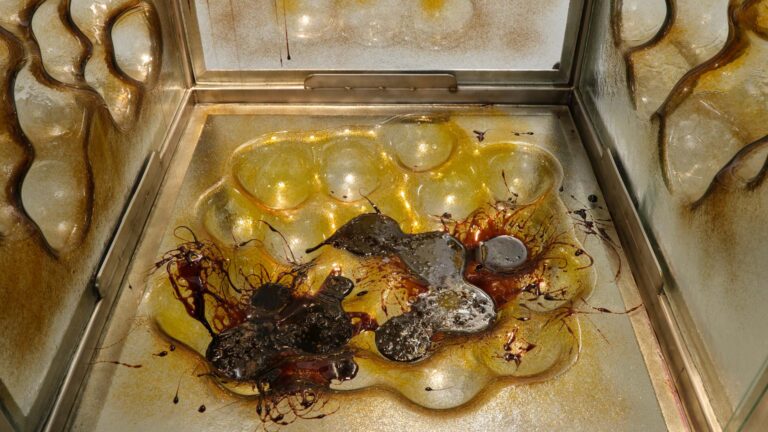Paul Levack’s artistic work stands for a contemporary photography that breaks with the analytical coldness of the Becher school and the distancing tendencies of digital imaging processes. Levack instead takes up a stunted strand of photographic history and draws directly on photography techniques associated with the early Pictorialists. Levack takes a marvelously undogmatic approach to finding images; on the one hand manipulating his lenses until the desired blurring is achieved, but on the other hand also digitally expanding his motifs if this is conducive to the images. The result is an indulgent kind of photography that does not for a moment take seriously the fear of contact with painting that has been practiced for decades.
In his first institutional solo exhibition, Levack is showing works whose subjects break with the soft, romanticized subjects that he has primarily shown recently. Here, his soft-focus visual language encounters subjects that stand in a certain discrepancy to their charged pictorial presentation: Samurai swords, an altarpiece depicting the circumcision of the Christ child, an off-road vehicle tire, an Art Nouveau majolica; all but one of which Levack photographed in museums. These diverse artifacts are united by their pathos as cultural objects, which is further charged through strategies of presentation. Levack’s own transfer into photography with a scattered reproduction of light and space creates numerous moments of dissociation, which on closer inspection are already inherent in the artifacts as supposed counterparts. All of a sudden, emotional, abject, funny, but also uncanny references to the depicted objects open up, which would remain concealed in a more sober representation. It goes without saying that such a practice challenges the dogma of the unambiguousness of photographic representations of reality. Whereby Levack does not view the difference between image and world in forensic terms, but rather as a playground for visual sensations. The photographic reproduction of the marble paneling made of green Cipollino marble, which Adolf Loos had installed in the living room of the Chateau Bauer in Brno, can be understood in this context. The Brno paneling is of interest as it was created with precisely fitting recesses for oil paintings from the Bauer family collection. In this, questions on the physicality of images, of presentation, representation and aura charging culminate with Levack’s typical fascination for grandeur and moments of the untimely.
Paul Levack (*1992) lives and works in Mannheim. He studied at the School of the Art Institute of Chicago and the Städelschule in Frankfurt. In addition to numerous exhibitions in Germany and abroad, Levack has had solo exhibitions at Bodenrader, Chicago; Gaylord Apartments, Los Angeles; Neue Alte Brücke, Frankfurt and Guzzler, Rosanna, among others.


